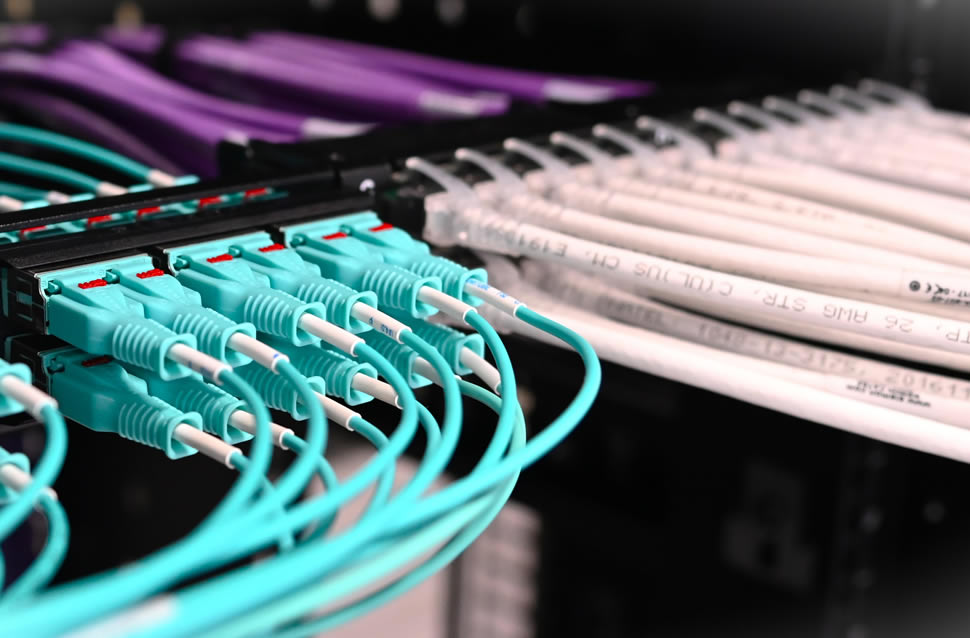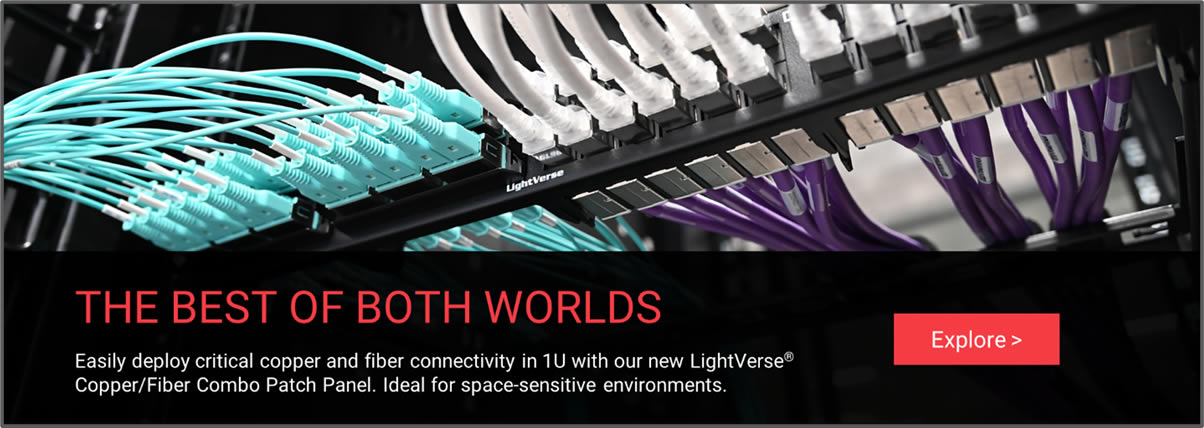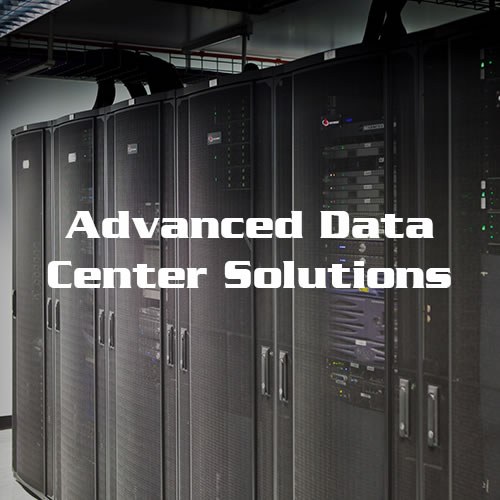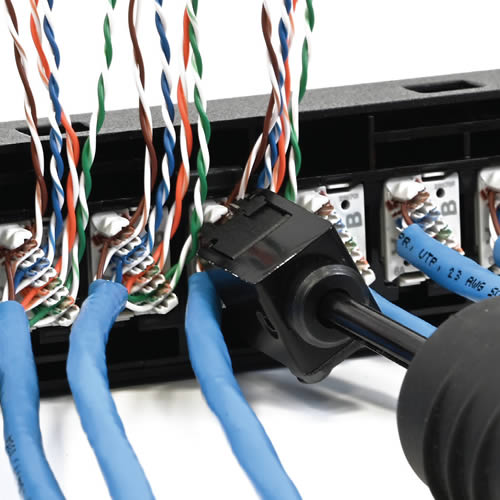The Benefits of Mixing Copper and Fiber in Data Centers and Intelligent Buildings
Filed under: Data Center, Fiber, Intelligent Buildings
Comments: Comments Off on The Benefits of Mixing Copper and Fiber in Data Centers and Intelligent Buildings


In the world of data centers (DC) and Intelligent Buildings (IB), copper and fiber cabling are widely recognized as the primary media types for network connectivity. The ability to seamlessly integrate these two types of cabling offers a multitude of installation options to address various cabling applications, network topologies, and equipment connectivity requirements. In this blog post, we will delve into the challenges faced by network engineers when dealing with the integration of copper and fiber media types and explore best practices to overcome the most common obstacles.
Traditionally, copper and fiber connectivity each had their own dedicated mounting styles onto racks or inside cabinets. Copper cables are typically housed in fixed open 1U or 2U patch panels with labeled front ports for easy identification. On the other hand, fiber connections are typically accommodated in larger 1U to 4U enclosures with sliding trays to access the fiber connections within. While these fiber enclosures offer excellent cable management, splicing capabilities, and security, they can often pose a challenge for installation and maintenance in space-sensitive environments.
What’s driving the need to mix connectivity?
While copper offers significant advantages in Intelligent Buildings and for short-distance connections in data centers, fiber cabling excels in long-distance connections and scenarios requiring enhanced security, its inherent difficulty to tap provides a higher level of data protection compared to copper, ensuring the integrity and confidentiality of critical information. Fiber is ideally suited for connections exceeding 100 meters, delivering higher bandwidth capacity and immunity to Electromagnetic Interference (EMI) as well as reliable and high-performance connectivity over extended distances, making it an ideal choice for interconnecting telecommunication rooms and in and between data centers.
More recently, due to the ongoing increase in bandwidth requirements, fiber has become more common for short-distance applications as well, replacing copper uplinks. Today’s data centers are running more fiber links, replacing traditional copper switch-to-server connectivity to achieve speeds up to 100 Gb/s. This has driven users to a mixed infrastructure approach, where fiber is required for high speed and copper for lower speed.
These trends make the usage of a panel that allows users to combine their copper and fiber connectivity within a single patch panel the ideal choice, and when deployed in the right configurations, it helps them to enhance their space usage and design flexibility and scalability into their network infrastructure.
What do you need to factor into your approach when mixing copper and fiber?
To ensure efficient and reliable network infrastructures that meet the evolving demands of modern IT environments, it is essential to follow best practices when integrating copper and fiber cabling. Here are some recommendations to consider:
- Utilize copper for distances less than 100 meters in IB applications and for short-distance connections, such as those between servers and switches in the data center space that are operating at 10Gb/s or lower speeds. Additionally, copper cabling is often more cost-effective than fiber, making it a practical solution for shorter runs. It is also ideal for distributing remote power such as Power over Ethernet (PoE) for IB applications. When higher speed is required, the few required fiber ports in IB environment can be mixed with a combo panel.
- Leverage fiber for long-distance connections exceeding 100 meters. Fiber’s higher bandwidth capacity makes it ideally suited for connections between Telecommunication rooms, data centers, and the Internet. When dealing with extended distances, fiber provides reliable and high-performance connectivity.
- Where higher speeds are required, the use of fiber, even for short distances, is recommended because of its application flexibility. The rise of 25/40/100 Gb/s uplink speeds is driving the increased adoption of fiber over copper. In this case, copper remains a requirement for the few Out-of-Band uplinks remaining, therefore mixing copper and fiber will save you critical rack space.
In conclusion, the seamless integration of copper and fiber cabling in data centers and Intelligent Buildings offers numerous advantages in terms of connectivity, flexibility, scalability and futureproofing. Siemon’s new LightVerse® Combo Patch Panels present an innovative solution that provides “the best of both worlds” combining the benefits of both media types while addressing the pain points experienced by network engineers worldwide. By following best practices and considering the specific requirements of each application, network experts can build efficient and reliable network infrastructures that will support their demands for many years to come.





